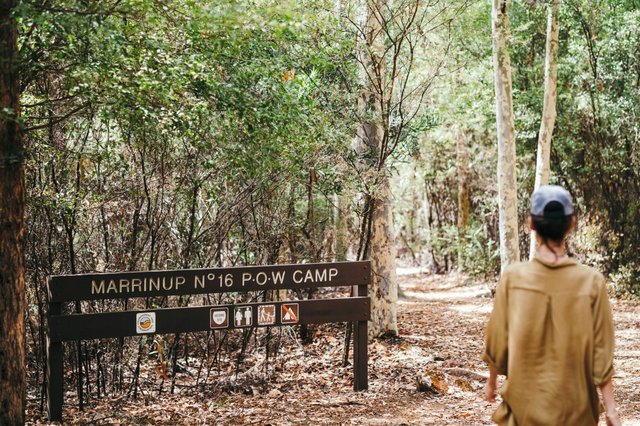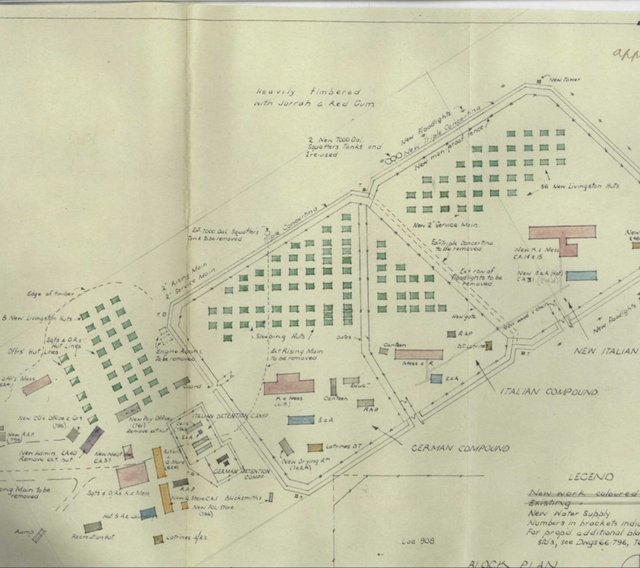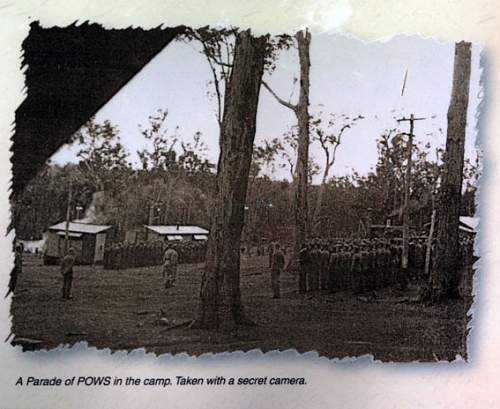i will have to take a walk down to Balby Road Flats… they had an old King Geirge pillar box, i wonder if thats gone…?
Conventional ovens in households.
USB drives
Home phones
Car or house keys may be outdated
Physical plastic bank and credit cards
Plastic shopping bags
Plastic packaging
Plastic straws
Charging cables (I hope…)
GPS only devices
Phone books
CDs or DVDs
Take out menus (paper based)
Incandescent light bulbs
Personal ownership of stuff that you don’t use often.
Feet wont be used for walking as children are driven to school now
In the future they’ll probably be dropped off by large drones 
One of our big supermarkets says it’s going to stop using them in the near future,Good news.The bad news is every delivery you get from them now there’s one item per bag.
Single use plastic bags and plastic straw are banned in Australia
And India
Carry On Films
Dick Emery
Larry Grayson
Frankie Howard
Are you Being Served
Dad’s Army
Terry and June
Nay,nay and thrice nay.
I’d have to say the humble printed MAPS as most people these days are using their phone or tablets MAPS for directions to where they’re travelling to.

Were all going to have to suck that one up!!!
I suppose it is inevitable. I still use a street directory for my home city of Perth. No smart phone or tablet for me. ![]()
The oven.
All meals will be delivered by a non English speaking teenager riding a buzzbike with a black box attached to the back.
![]() Not at my residence. I invite everyone to brunch prepared by myself in my oven.
Not at my residence. I invite everyone to brunch prepared by myself in my oven.
I do all my cooking and have never ordered a home delivery meal.
Though I have in the past gotten Pizza from the pizza shop. Pick up only. ![]()
Oh I really hope not Supergirl…
I’ve got hundreds of maps covering most of the British Isles and beyond. Everywhere we went on holiday is covered by a map in my bookcase. If fact I’m just off to buy one now, of an area I want to search for trigpoints. Like Bretrick, I don’t have a smartphone and love to peruse maps for interesting places to visit or wander. And it’s not a good idea to wander around the wild places without a proper map and compass. Your life depends on knowing where you are, and the quickest way to safety. If technology fails you could be a dead person if you rely on your smartphone, plus the fact that a good signal is not always forthcoming.
Not in my house. I still buy and rely on Ordnance Survey Maps that I source from W H Smith. They have a compressive selection to cover the complete British Isles, and for more in-depth details I then obtain a local A to Z for a particular area I intend to visit👍
This is what I love to do. Read maps and look at all the named places. Not the obvious/touristy places, but those obscure places very, very few people would take time out to visit.
On one of my map perusals I came across - Marrinup - Number 16 Prisoner of War Camp only 60 kms from Perth but deep in the bush.
The Camp took its first prisoners in August 1943 and released its last in April,1946. It was built to accommodate 1,200 men, including Army personnel, and thousands of prisoners passed through its gates.
Most were Italian and German, who were put into separate compounds in accordance with the Geneva Convention.
The camp was basically a transit stop for workers on the way to farms or rural control centres.
The compounds were surrounded by a high barbed wire fence with triple concertina wire strategically placed outside. High powered floodlights encircled the area and six watch towers were built; one at each corner.
Camp life followed a strict routine with the day beginning at 6 am. work finishing at 3 pm and lights out at 10 pm.
Italian prisoners were sent via control centres to farms from Geraldton to Albany, where life was strenuous but less authoritarian.
For the most part they were willing workers. Unless discipline was required or they were unwilling to work, accommodation was supplied at the farm.
The German woodcutters worked in the forest and supplied Perth with 2 500 tonnes of firewood every week; enough to fill the whole of Hay Street Mall knee deep in wood! This fuelled Perth’s power generators, water pumping stations and industry. Marrinup provided half of Perth’s annual need of firewood.
Prisoners were expected to work eight hours a day whether inside or outside the camp.
 )
)
 )
)
 )
)
Okay! I thought that the question above was
What things still being used today that will be gone in 10 years?
I answered sincerely, seeing as we need to conserve and preserve our forests in order to protect the Earth. As a lot of people use Google Maps or if they’re lucky to have a car and have a GPS (that’ll eventually tell them to get into the water ahead even though the bridge is out 

 ).
).
I figured that printed maps may not be around in a decades time. I didn’t say it to bring out any negativity out of anyone.
Seriously!
Aw, don’t take it personally.![]() I don’t think there was any negativity, just people sad and concerned at the prospect of something they’ve enjoyed and found useful disappearing? You may well be right
I don’t think there was any negativity, just people sad and concerned at the prospect of something they’ve enjoyed and found useful disappearing? You may well be right
I react the same way when people say books will be a thing if the past. Probably true but it makes me sad to think of it ![]()
But here’s a real bit of negativity from me!
I like to take a printed map, often a photocopied page, with me when I visit unfamiliar cities. It’s so I don’t have to get my phone out and risked having it snatched by some ruddy moped mugger ![]()

